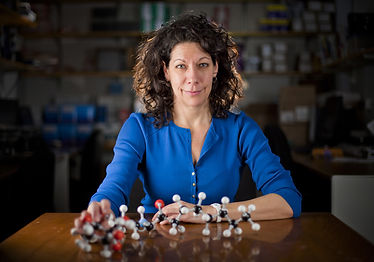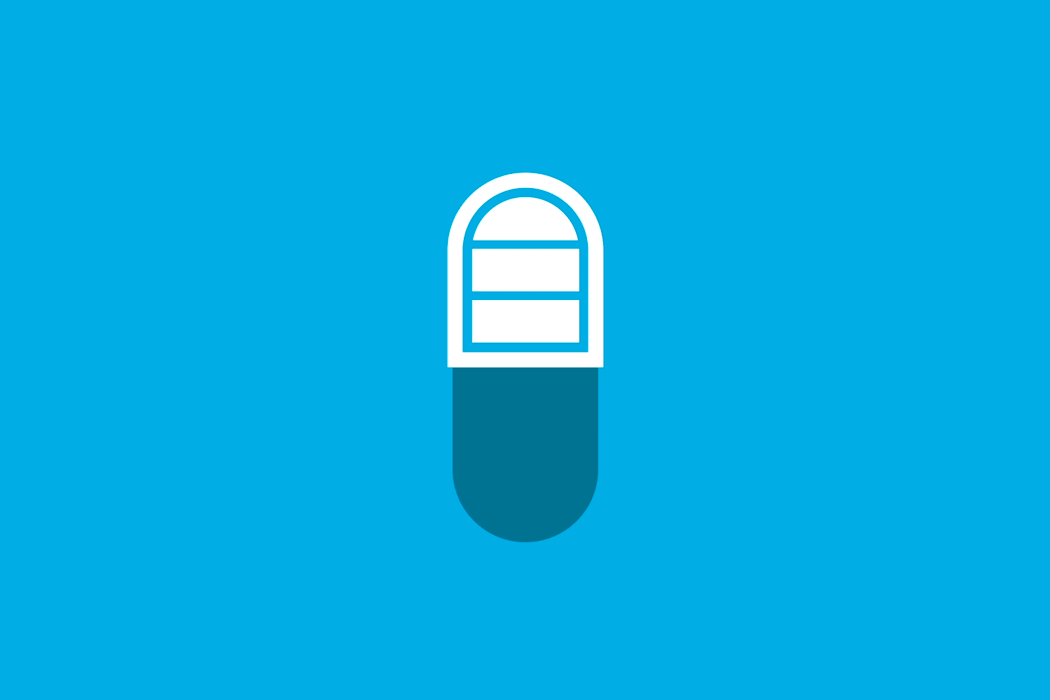Conflict With the Resistance

THE ANTIMICROBIAL RESISTANCE
Did You Know?
MRSA
Methicillin-resistant Staphylococuss aureus alone kills more Americans every year (~19,000) than emphysema, HIV/AIDS, Parkinson's disease, and homicide combined.
Expensive Costs
A 2018 study found that antibiotic resistance adds $1,383 to the cost of treating a patient with a bacterial infection. Taking the estimated number of these infections in 2014, researchers say treatment is costing America $2.2 billion annually.
Global Epidemic
Researchers predict the next major global pandemic might be an antibiotic-resistant superbug. The potential pandemic threats like deadly strains of the flu have risen on the agenda of global security issues at the 2016 World Economic Forum.
"When antibiotics first came out, nobody could have imagined we'd have the resistance problem we face today. We didn't give bacteria credit for being able to change and adapt so fast. "
-Bonnie Bassler


Some experts say we are moving back to the pre-antibiotic era. No. This will be a post-antibiotic era. In terms of new replacement antibiotics, the pipeline is virtually dry. [...] A post-antibiotic era means, in effect, an end to modern medicine as we know it. Things as common as strep throat or a child's scratched knee could once again kill. "
-Margaret Chan
Antimicrobial Resistance: The Growing Problem

Antimicrobials has no doubt saved many lives ever since its first discovery. While penicillin alone has saved over 200 million lives, antibiotic-resistant infections has also killed tens of thousands of people. It is threatening the world's ability to treat common diseases.
When microorganisms are exposed to antimicrobial drugs, they undergo mutation and evolution. They start to naturally develop resistance towards that drug. Microorganisms that become resistant are sometimes referred to as “superbugs.”
While antimicrobial resistance naturally develops over a gradual amount o f time, the misuse and overuse of antimicrobials is speeding up the process.
With 114 countries observed and "every nation in the world" being speculated to have resistance, the issue poses a global threat.
Types of Antimicrobials




Interested in More?
Causes and Effects of the Resistance
History of Resistance
Those who Fight Against Resistance
Issues About Treating the Resistance







